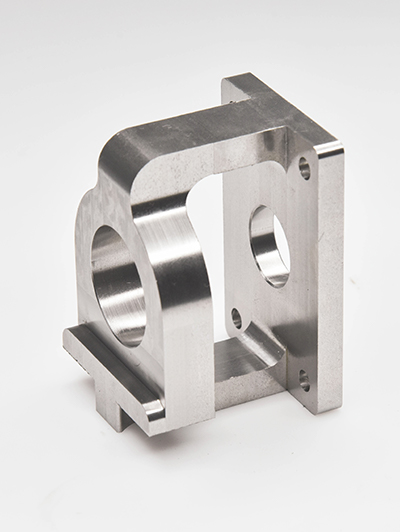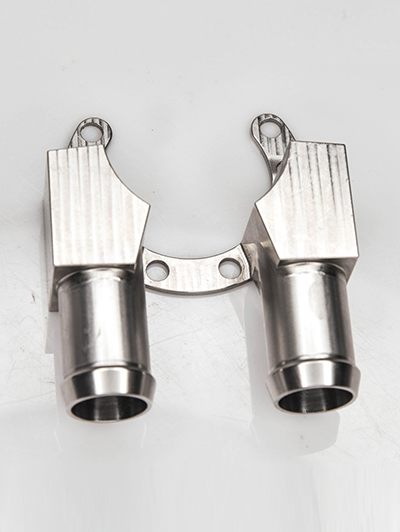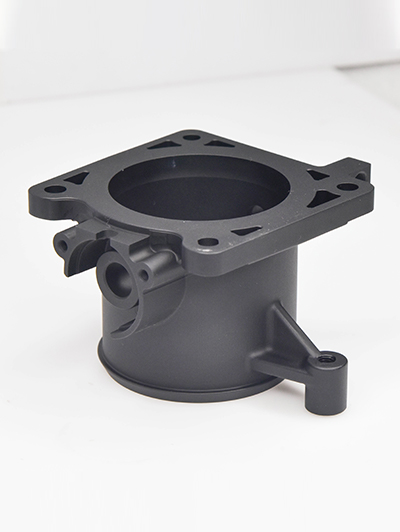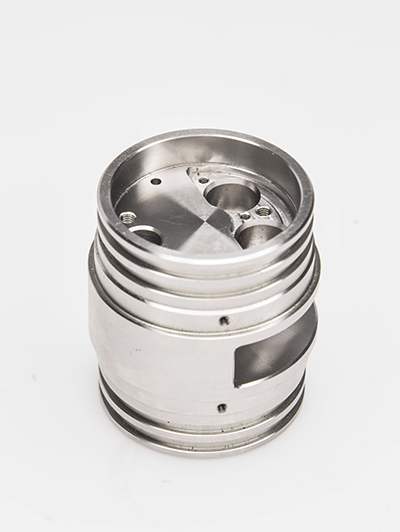CNC lathe Machining Service
Difference between CNC lathe and machining centre?
1. Functional aspects
CNC lathe: mainly used for processing rotary body parts, such as shafts and disc parts. It is processed around the workpiece rotating spindle. For example, processing a cylindrical shaft, CNC lathe can accurately turn the outer circle, inner hole, tapered surface, threads, and so on. The shape of its machining is mainly achieved by the linear or arc movement of the tool on the surface of the rotating workpiece.Machining centre: more powerful and diverse functions. It is not only able to carry out similar to the CNC lathe rotary body parts processing (part of the machining centre with a rotary table), but also can be processed a variety of complex box type, bracket type and other non-rotary body parts. The machining centre can use milling cutters, drills, boring tools and other tools through the automatic tool changer system, milling, drilling, boring, tapping and other machining operations on the parts. For example, machining an engine block with multiple holes, flat surfaces and complex contours can be handled by a machining centre.
2. Tooling system
CNC lathe : the tool is relatively simple, mainly turning tool. The lathe tool is generally fixed in the tool holder, the tool holder can be under the control of the CNC system, in accordance with the set procedures for transverse (X-axis) and longitudinal (Z-axis) movement, in order to achieve the processing of the workpiece. Although there are also some CNC lathes with power tools that can perform some auxiliary processing such as milling, the types of tools and the complexity of tool change are much lower than that of machining centres.
Machining centres: have a complex automatic tool change system (ATC). A variety of different types and specifications of tools can be stored in the tool magazine, and the number of tools ranges from a few to dozens or even hundreds. During the machining process, according to the instructions of the program, the machining centre can quickly and accurately change the tools, so as to achieve a variety of machining processes in succession. For example, when machining a mould part, it may be necessary to use a milling cutter for profile milling, then drill holes with a drill, and then tap with a tap, and the machining centre can complete these processes in a single clamping.
3. Machining Accuracy
CNC lathe: It excels in machining the dimensional accuracy of rotary body parts, for example, it can control the accuracy of the shaft diameter within a small tolerance, and usually achieves an accuracy of ±0.01mm or even higher. Shape accuracy such as cylindricity and conicity can also be well controlled.
Machining Centres: Due to their structure and the variety of machining methods, they have excellent performance in flatness, perpendicularity, positional accuracy and so on. For example, when machining a flat plate part with multiple mounting holes, the machining centre can precisely control the positional accuracy between the holes to ensure that the tolerance requirements at the micron level. However, machining accuracy is also closely related to the grade of the machine tool itself, the machining process and other factors.
Enhancing Efficiency in Aerospace Technologies
1. Implementing advanced automation and robotics: By utilizing automated systems and robotics in aerospace technologies, tasks can be performed more quickly and accurately, leading to increased efficiency. This includes automated systems for manufacturing, inspection, maintenance, and handling of materials.2. Adopting digital twin technology: Digital twin technology allows for real-time monitoring and simul...
Cutting-edge Machining of Unique Materials
Advancements in technology have allowed for the cutting-edge machining of unique materials that were previously difficult to work with. This has opened up new possibilities for manufacturing industries, allowing for the production of components and products that were once thought to be impossible.One such material that has benefited from cutting-edge machining techniques is carbon fiber. Carbon fiber is a l...
What are the requirements for cutting tools in CNC precision machining?
The dimensional accuracy of the cutting tool should be high, with good hardness and wear resistance, good thermal stability, and suitable for high-speed precision machining.
Difference between CNC lathe and machining centre?
1. Functional aspectsCNC lathe: mainly used for processing rotary body parts, such as shafts and disc parts. It is processed around the workpiece rotating spindle. For example, processing a cylindrical shaft, CNC lathe can accurately turn the outer circle, inner hole, tapered surface, threads, and so on. The shape of its machining is mainly achieved by the linear or arc movement of the tool on the surface o...
Shape accuracy detection
In addition to dimensional accuracy, the shape accuracy of the parts cannot be ignored. Detect shape errors such as roundness, cylindricity, and flatness of parts using equipment such as roundness meters and contour meters. For example, when processing high-precision bearing rings, the accuracy of roundness and cylindricity directly affects the rotational accuracy and service life of the bearing.
Dimensional accuracy testing
Using advanced measuring tools and techniques, such as coordinate measuring instruments, optical imagers, etc., to accurately measure the dimensions of parts. For precision parts, dimensional tolerances are usually controlled at the micrometer level, so high-precision measuring equipment is required to ensure the accuracy of the test results. For example, when processing precision molds for mobile phone chi...
- +86 13603025252
-

WhatsApp
- info@jiujucnc.com





